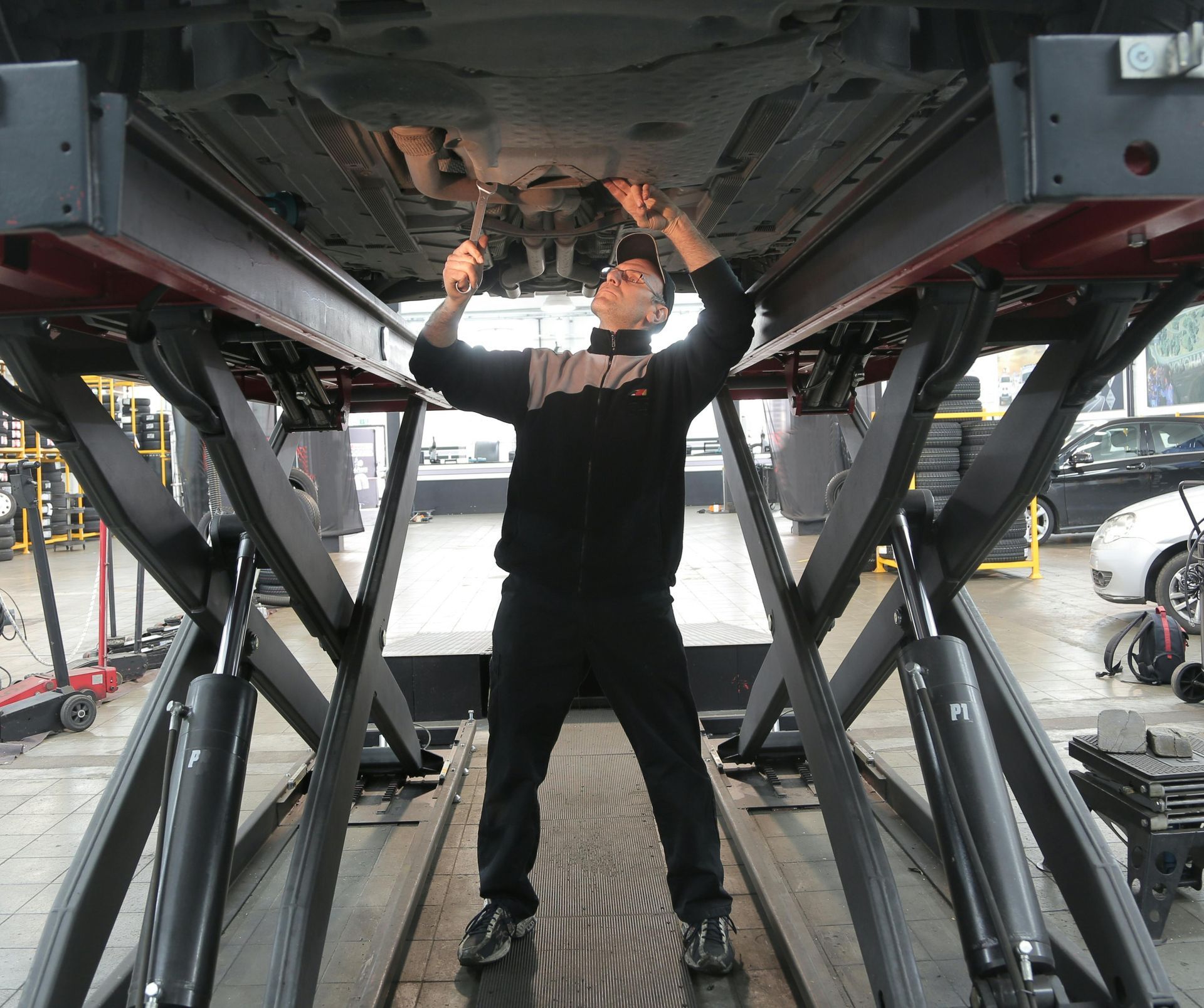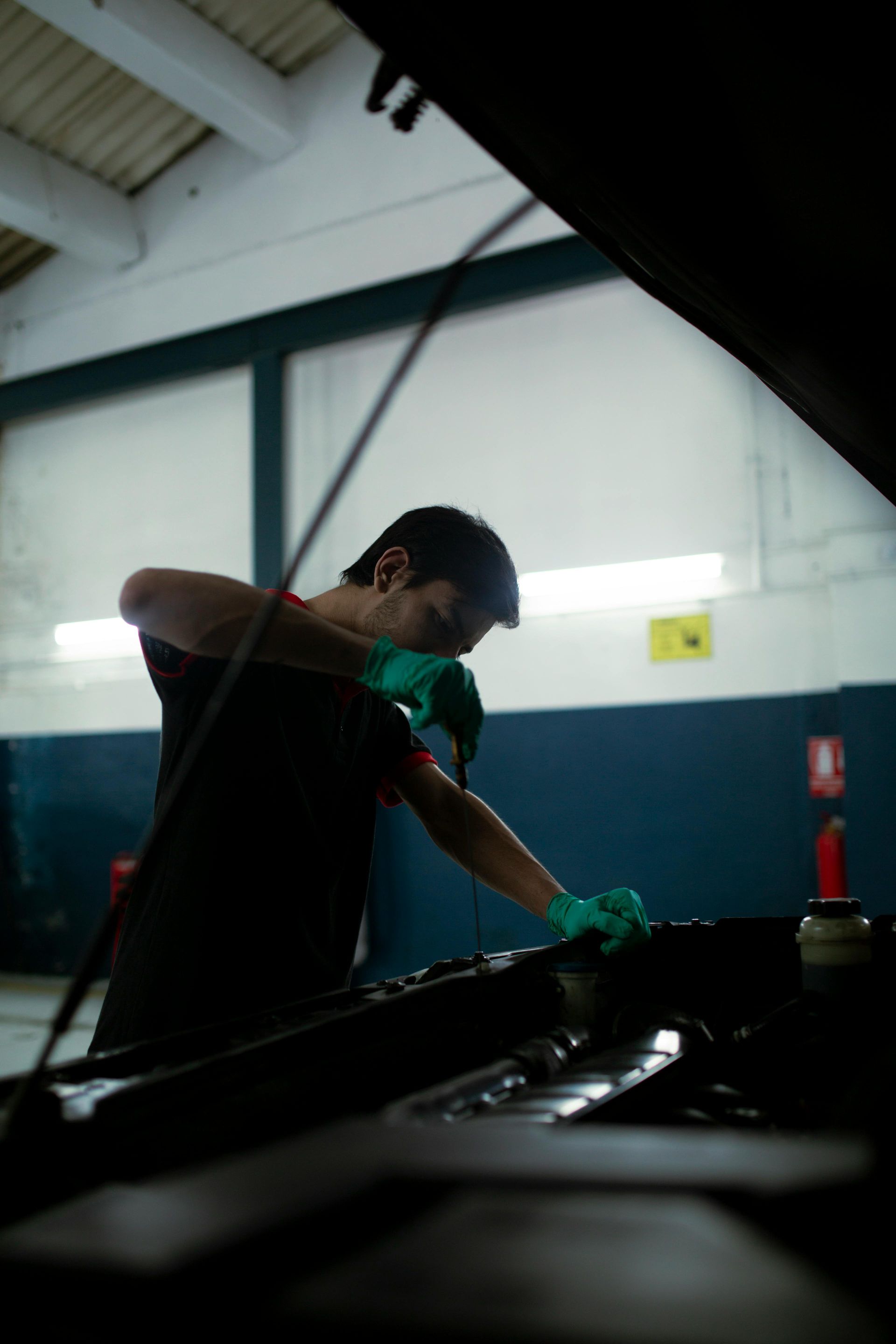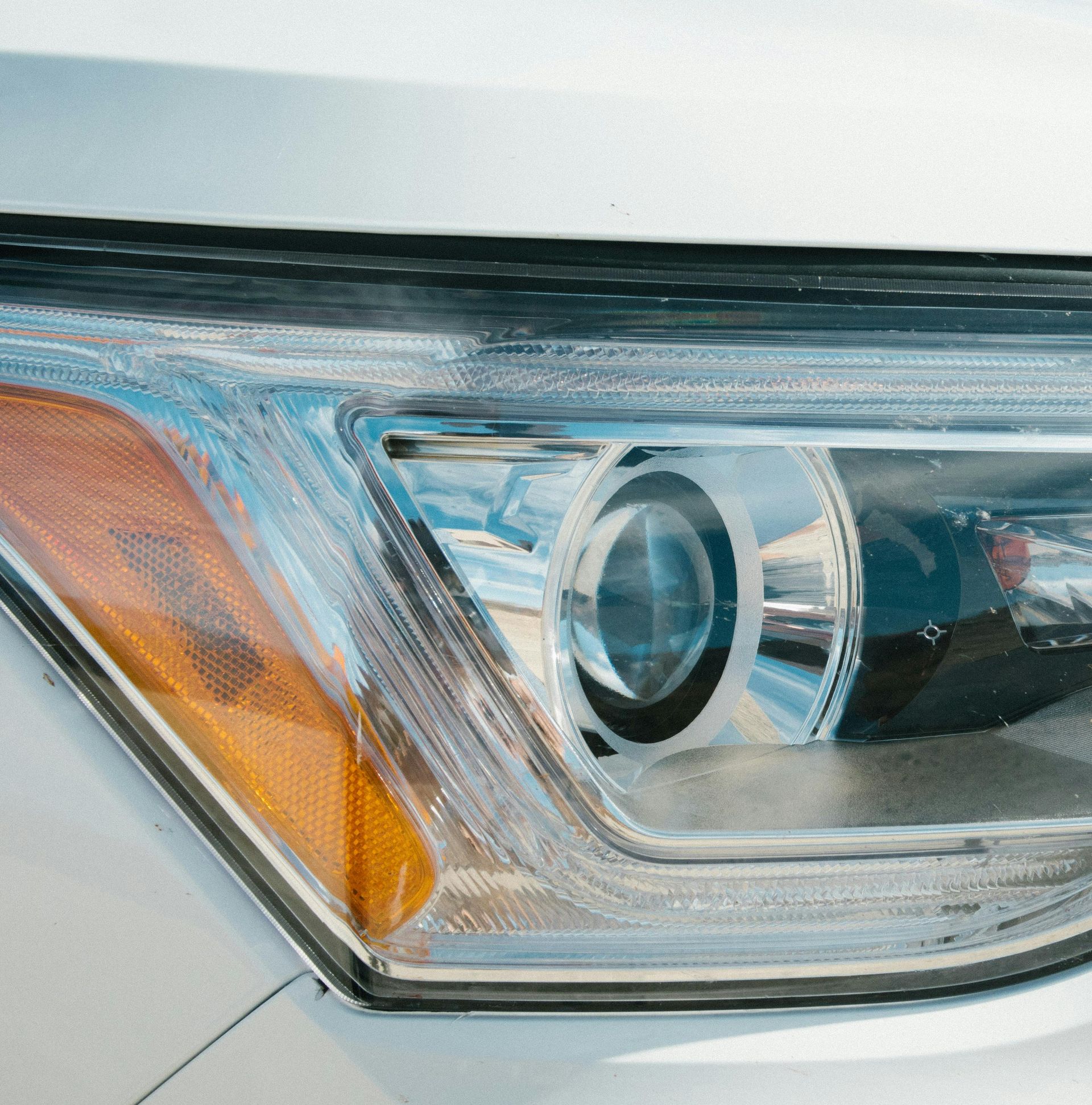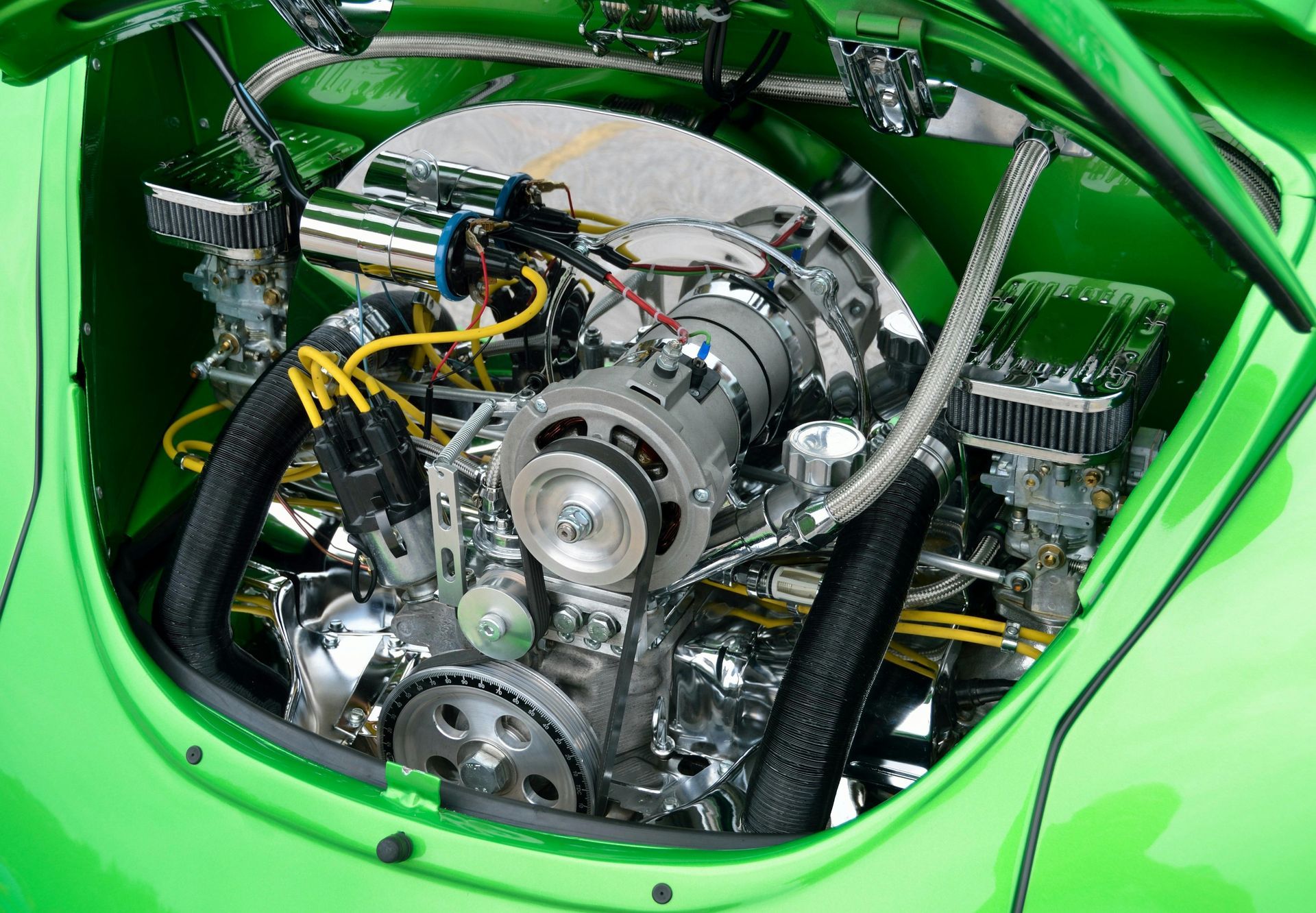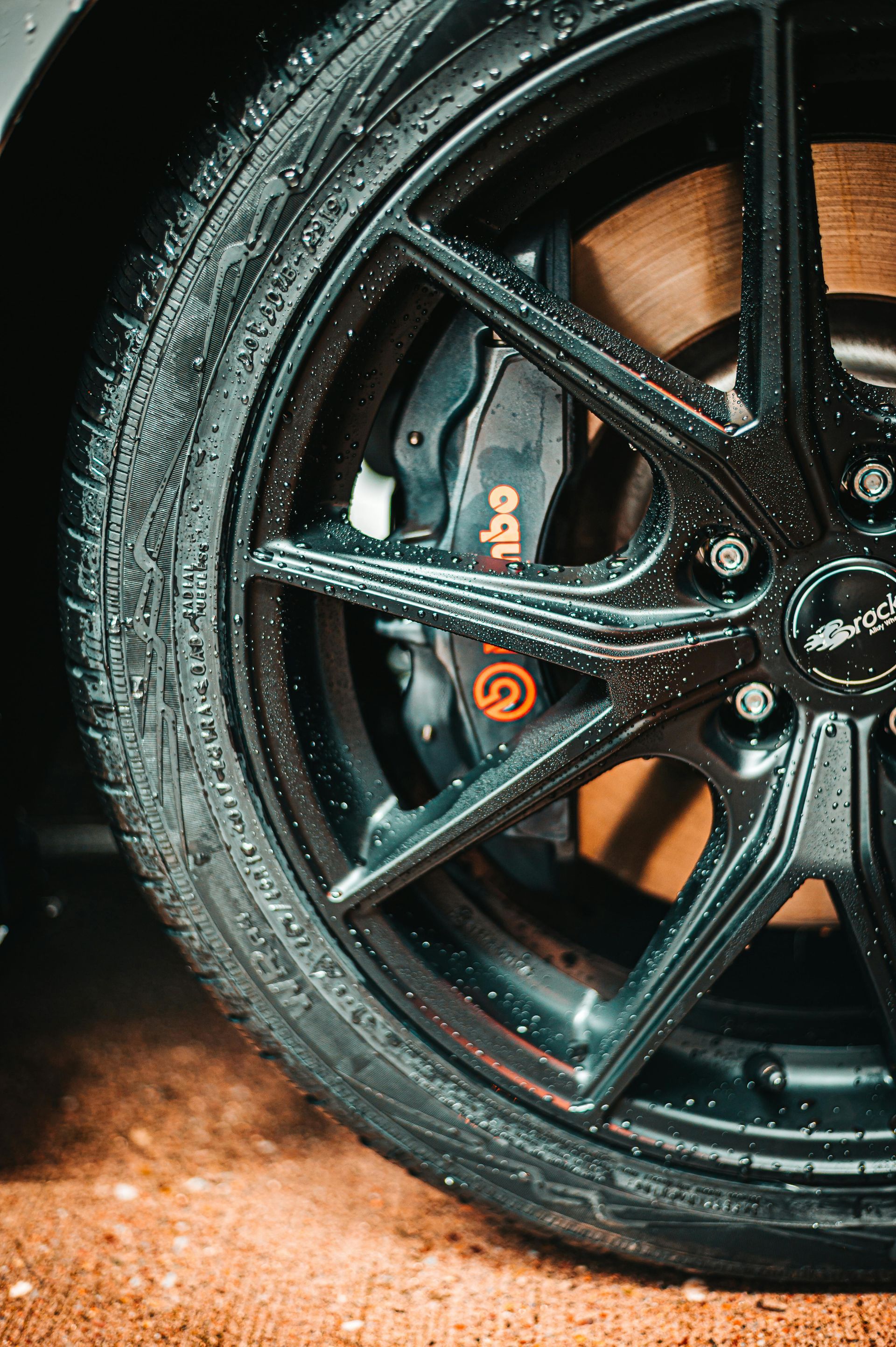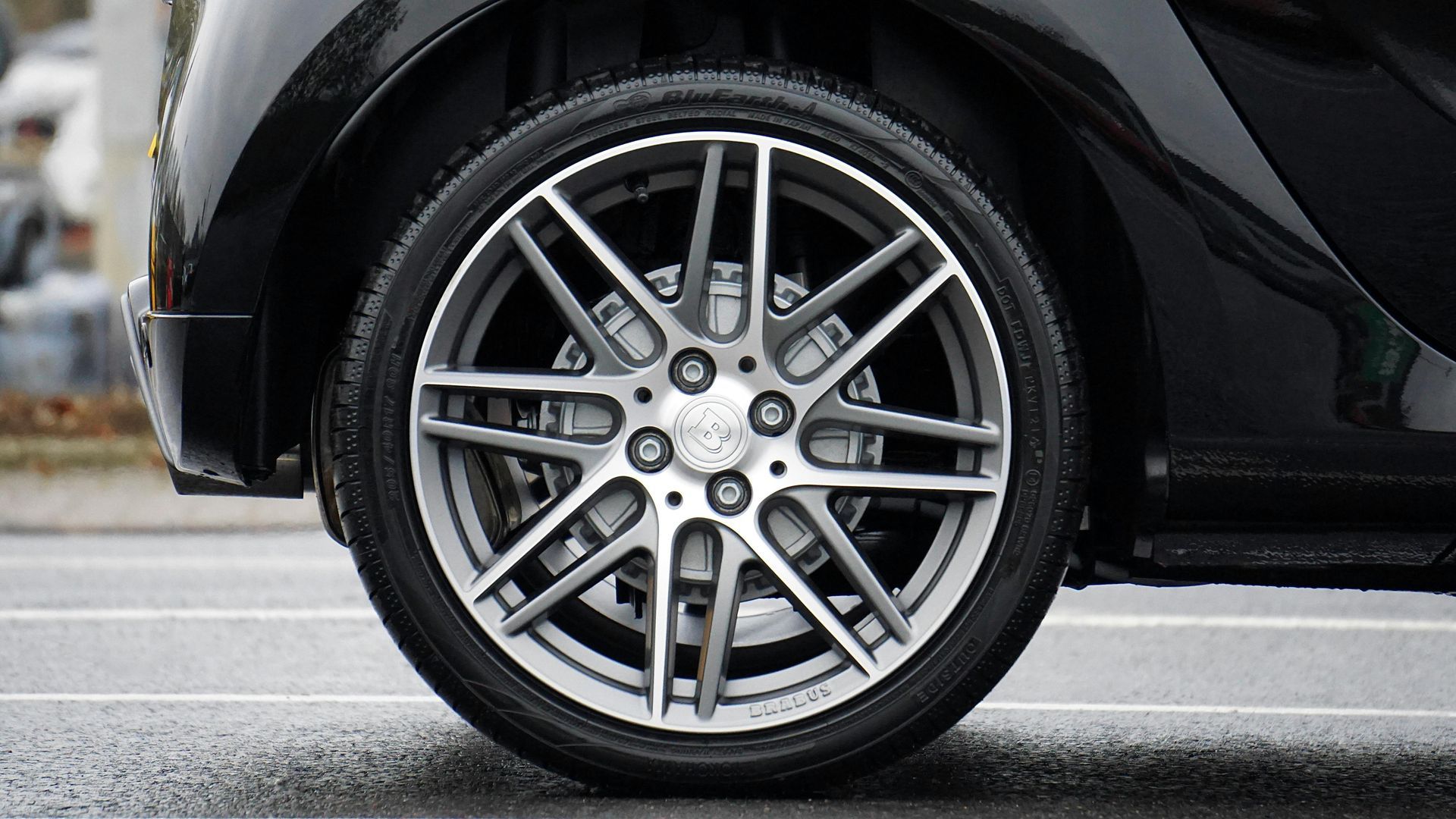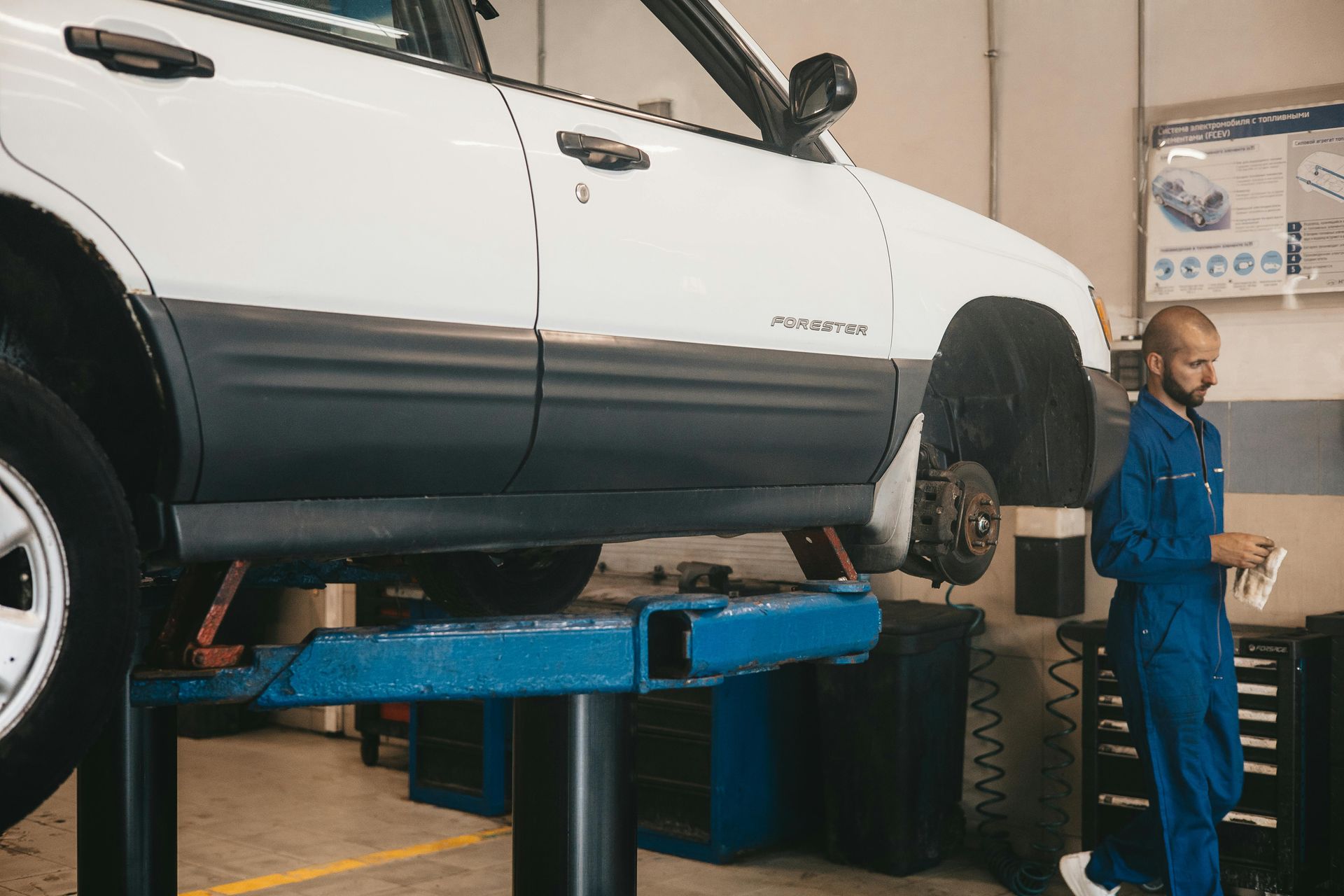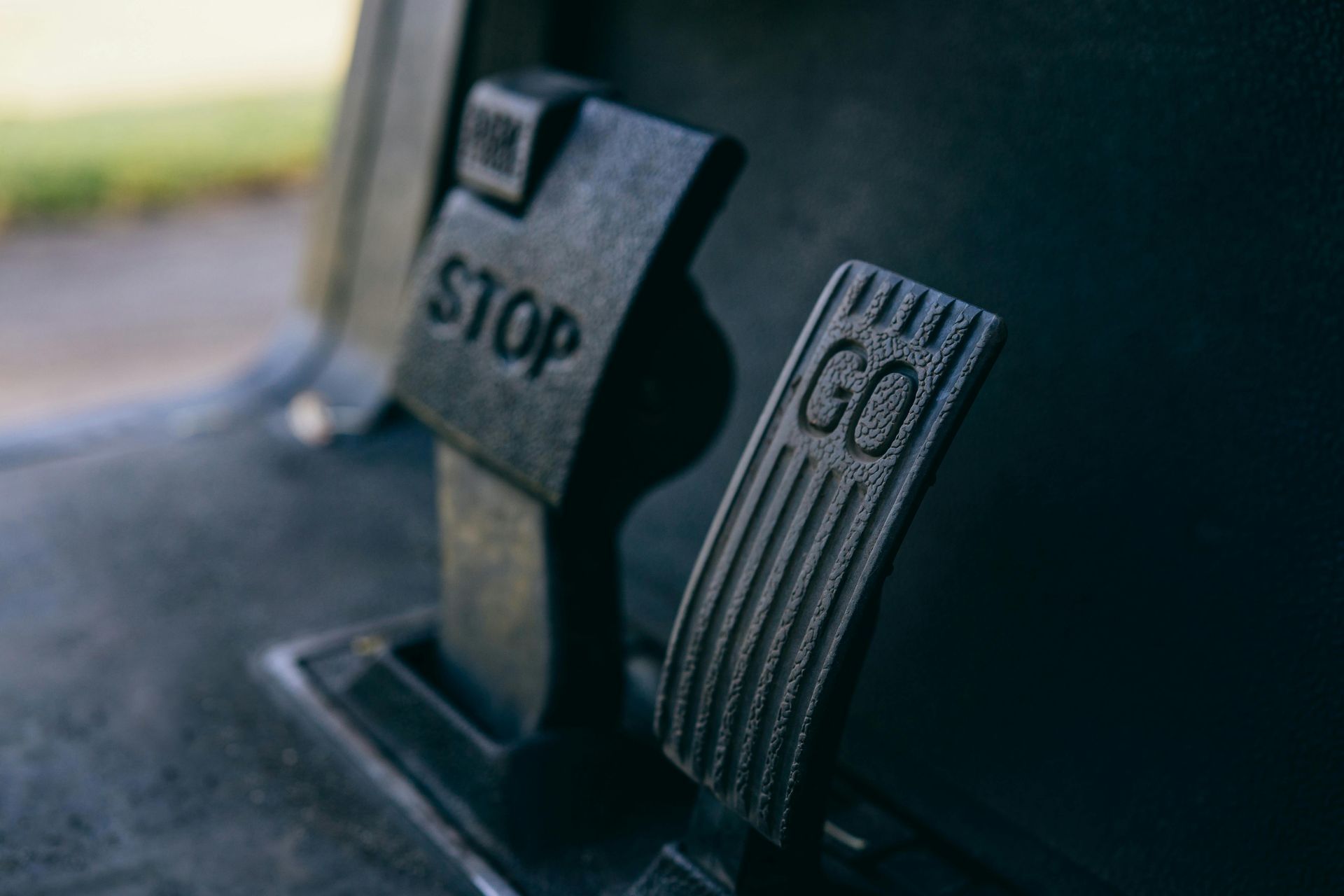Why You Should Never Ignore a Fluid Leak Under Your Car
You walk out to your car parked on 2nd Street in Eureka and notice a puddle underneath. Your first thought might be to ignore it – after all, it's just a small spot, and your car seems to be running fine. However, that innocent-looking puddle could be warning you about a problem that, if left untreated, might leave you stranded on Highway 101 or cost thousands in engine repairs. Understanding what different leaks mean and why they matter can save you money and prevent dangerous breakdowns.
Why Fluid Leaks Are Serious Business
Early Warning System Your car's fluids are like its lifeblood. When they start leaking, it's your vehicle's way of telling you something is wrong before the problem becomes catastrophic. Ignoring these warnings is like ignoring chest pain – the consequences can be severe.
Progressive Damage Most fluid leaks start small but get worse over time. A tiny transmission leak today could become a major failure next month, leaving you stranded and facing a repair bill that costs more than your car is worth.
Safety Concerns Some fluid leaks create immediate safety hazards. Brake fluid leaks can cause brake failure, while power steering leaks can make your car difficult to control, especially on Eureka's winding coastal roads.
Environmental Impact Automotive fluids are harmful to the environment. In Eureka's coastal location, leaked fluids can eventually reach our waterways, affecting local wildlife and ecosystems.
Identifying Different Types of Leaks
Engine Oil (Black or Dark Brown) Fresh oil appears amber or black, while old oil looks dark brown or black. Oil leaks often occur near the front or middle of your car and may have a distinct petroleum smell.
Transmission Fluid (Red or Pink) Transmission fluid is typically bright red when new, turning darker red or brown as it ages. These leaks usually appear toward the center or rear of your vehicle.
Coolant (Green, Orange, or Pink) Coolant comes in different colors depending on the type. It often has a sweet smell and appears near the front of your car around the radiator area.
Brake Fluid (Clear to Light Brown) Brake fluid is usually clear when new but turns brown as it ages. These leaks are most dangerous and typically occur near the wheels or brake master cylinder.
Power Steering Fluid (Red or Light Brown) Similar to transmission fluid in color, power steering fluid leaks usually appear near the front wheels or under the hood area.
Differential Fluid (Dark and Thick) Found mainly in rear-wheel-drive vehicles, this thick, dark fluid leaks from the rear axle area.
The Real Costs of Ignoring Leaks
Engine Oil Leaks A small oil leak might only cost $100-200 to fix initially. Ignore it, and you could face a $5,000 engine replacement when the oil level drops too low and causes internal damage.
Transmission Leaks Minor transmission seal repairs might cost $300-500. Wait too long, and you're looking at $3,000-4,000 for a complete transmission rebuild or replacement.
Coolant Leaks A simple hose replacement costs under $100. Let your engine overheat due to coolant loss, and you might need a $2,000 engine rebuild.
Brake Fluid Leaks Brake system repairs typically cost $200-600. The cost of an accident due to brake failure is immeasurable.
How Eureka's Climate Affects Leaks
Salt Air Corrosion Living near the Pacific Ocean means salt particles constantly attack your car's metal components. This accelerates corrosion of seals, gaskets, and lines, making leaks more likely as your vehicle ages.
Humidity Effects Eureka's high humidity can cause rubber seals to deteriorate faster than in drier climates. This means locals may see leaks develop sooner than expected.
Temperature Fluctuations Our daily temperature swings from cool, foggy mornings to warmer afternoons cause seals and gaskets to expand and contract repeatedly, eventually leading to failure.
Extended Moisture Exposure During Eureka's foggy periods, cars stay damp for extended times. This constant moisture accelerates the breakdown of rubber components throughout your vehicle.
Warning Signs Beyond the Puddle
Fluid Levels Dropping If you're regularly adding oil, coolant, or other fluids, you have a leak even if you don't see puddles. The fluid is going somewhere.
Performance Changes Transmission slipping, hard steering, or overheating can all indicate fluid leaks affecting system performance.
Unusual Smells Sweet smells (coolant), burning odors (oil on hot components), or chemical smells (brake fluid) can indicate leaks before you see them.
Warning Lights Modern cars monitor fluid levels and pressure. Don't ignore warning lights – they often detect problems before you notice symptoms.
Common Leak Locations and Causes
Under the Hood Most engine-related leaks start here. Look for oil around valve covers, timing chain covers, and oil pan areas. Coolant leaks often occur at hose connections and the water pump.
Transmission Area Check under the center of your car for transmission fluid. Pan gaskets, cooler lines, and seals commonly fail, especially in higher-mileage vehicles.
Wheel Areas Brake fluid leaks near wheels indicate problems with wheel cylinders, brake lines, or calipers. These require immediate attention.
Rear Axle In rear-wheel-drive vehicles, differential leaks appear at the rear axle. While not immediately dangerous, they can cause expensive damage if ignored.
When Small Problems Become Big Ones
The Snowball Effect Automotive systems are interconnected. An oil leak that causes low oil pressure can damage your engine's timing chain, leading to valve damage and a complete engine rebuild.
Heat Damage Leaking fluids often drip onto hot components, causing fires or additional damage. Oil dripping onto an exhaust manifold can create dangerous situations.
System Failures Low fluid levels cause pumps and other components to work harder, leading to premature failure of expensive parts like transmissions and power steering systems.
Why Quick Action Saves Money
Preventive Repairs Catching leaks early often means simple seal or gasket replacements. Wait too long, and you might need complete system rebuilds.
Avoiding Secondary Damage Fixing a leak promptly prevents damage to other components. For example, stopping a coolant leak prevents engine overheating and potential head gasket failure.
Maintaining Vehicle Value Well-maintained cars without fluid leaks retain their value better than vehicles with obvious maintenance issues.
What to Do When You Spot a Leak
Don't Panic, But Don't Wait While most leaks aren't immediate emergencies, they require prompt attention. Schedule an inspection as soon as possible.
Monitor Levels Check fluid levels regularly and add fluid as needed while arranging for repairs. Never let systems run dry.
Note the Details Pay attention to leak color, location, and smell. This information helps mechanics diagnose problems more quickly.
Avoid DIY Fixes While adding fluid is fine temporarily, don't attempt leak repairs yourself. Modern cars have complex systems that require professional expertise.
Professional Diagnosis Is Key
Proper Equipment Professional shops have lifts and diagnostic equipment to properly locate and assess leaks. What looks like an engine oil leak might actually be power steering fluid dripping down.
Experience Matters Experienced mechanics can distinguish between minor seepage (normal in older cars) and serious leaks requiring immediate attention.
System Testing Professionals can pressure-test systems to find intermittent leaks that only occur under certain conditions.
Prevention Strategies
Regular Inspections Have your car inspected regularly, especially if it's over five years old or has high mileage. Catching problems early is always cheaper.
Quality Parts When repairs are needed, use quality replacement parts. Cheap seals and gaskets often fail prematurely.
Proper Maintenance Following manufacturer maintenance schedules helps prevent leaks by keeping seals and gaskets in good condition.
Environmental Protection In Eureka's coastal environment, regular undercarriage cleaning can help prevent salt corrosion that leads to leaks.
Expert Leak Diagnosis in Eureka
When you discover fluid under your car, don't wait for the problem to get worse. The experienced technicians at Eureka Brake & Automotive have the knowledge and equipment to quickly identify the source of any leak and provide honest repair recommendations.
We understand how Eureka's coastal climate accelerates seal and gasket deterioration, and we've been helping local drivers address fluid leaks before they become expensive disasters for over 30 years. Our ASE-certified mechanics can distinguish between minor seepage and serious leaks, ensuring you get the right repair at the right time.
Whether it's a simple seal replacement or a more complex system issue, we'll diagnose the problem accurately and explain your options clearly. Don't let a small leak today become a major breakdown tomorrow.
Located at 2002 2nd St in Eureka, we're open Monday through Friday, 7:30am to 5:00pm. Spotted a fluid leak under your car? Don't ignore it – call us at (707) 200-7097 or book your inspection online today. Early detection and proper repairs keep you safely on Eureka's roads and money in your pocket.
